When it comes to embroidered hats, the material beneath the stitching is just as important as the work itself. From cotton twill and polyester to wool and blends, each fabric determines how the logo appears, the direction of the embroidery thread, and the durability of the finished hat with washing, wear, and time. Google users often ask which fabrics have the clearest stitching details, which fabrics are most durable, and which fabrics are best suited for techniques like 3D seersucker or chenille. In this guide, we compare the most popular hat materials across four practical dimensions—embroidery clarity, durability and care, wearing comfort and seasonality, and digital complexity and backing requirements—and provide professional, actionable recommendations for brands, designers, and buyers. Ultimately, you’ll know exactly which material best meets your design goals, budget, and market demand.
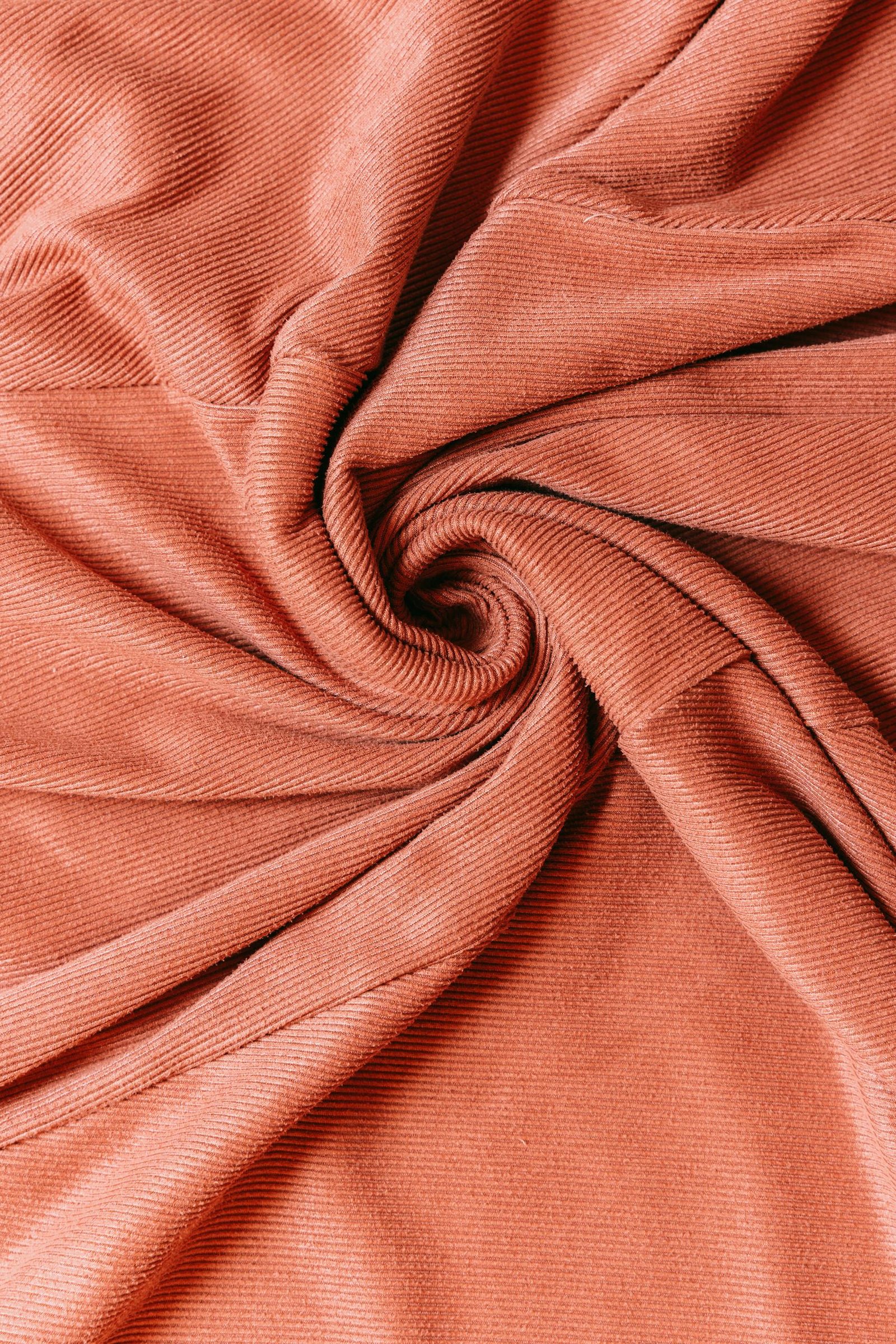
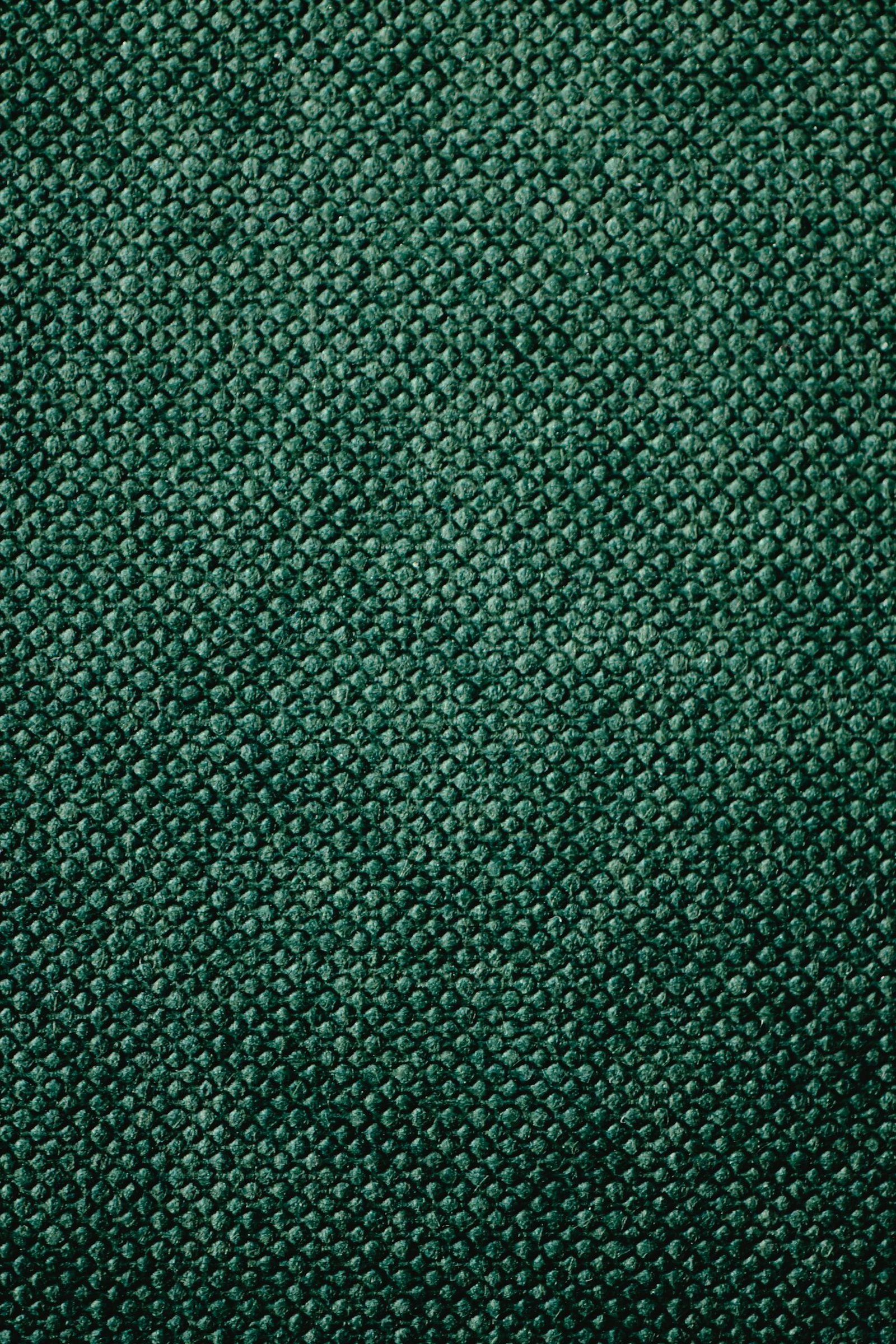


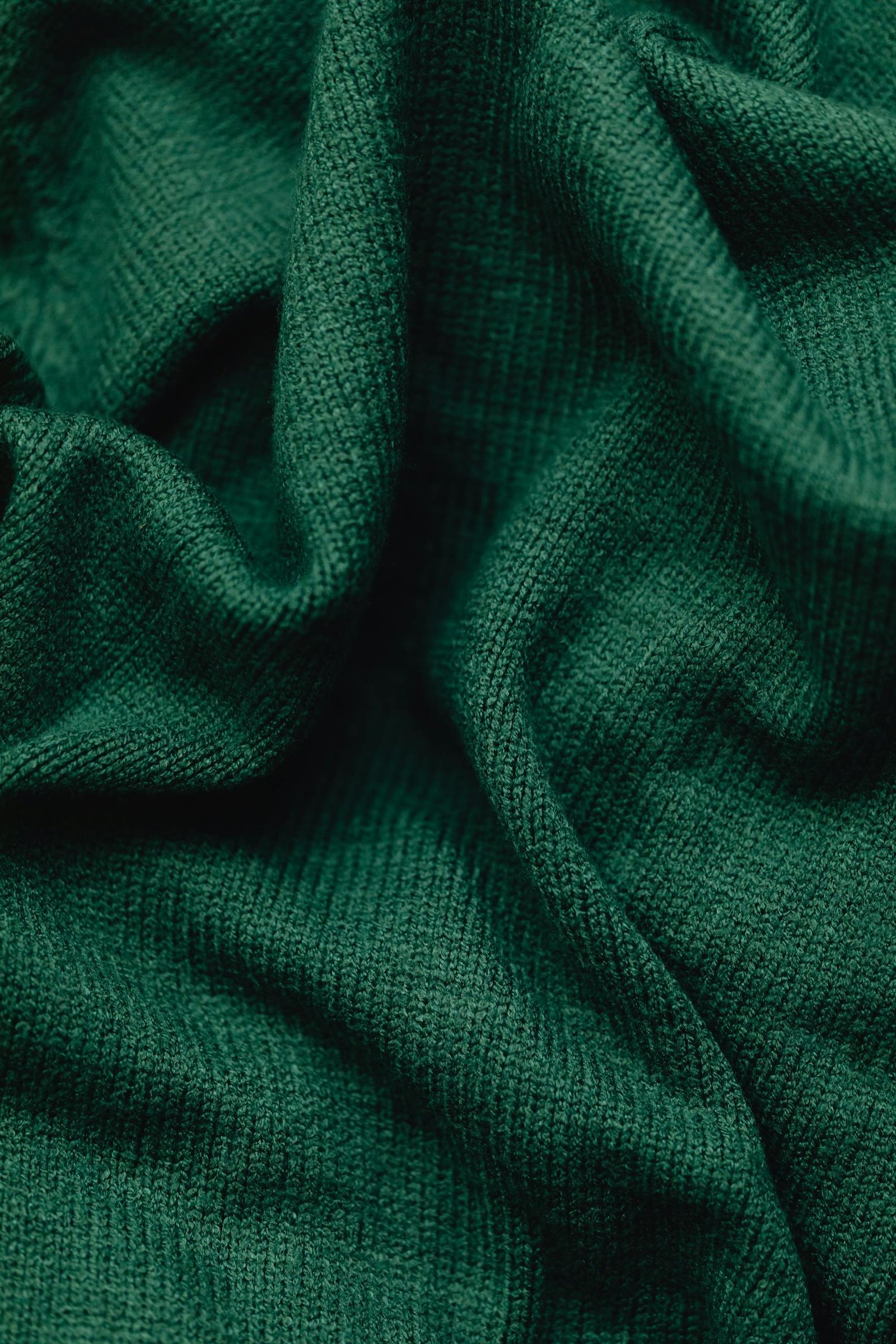
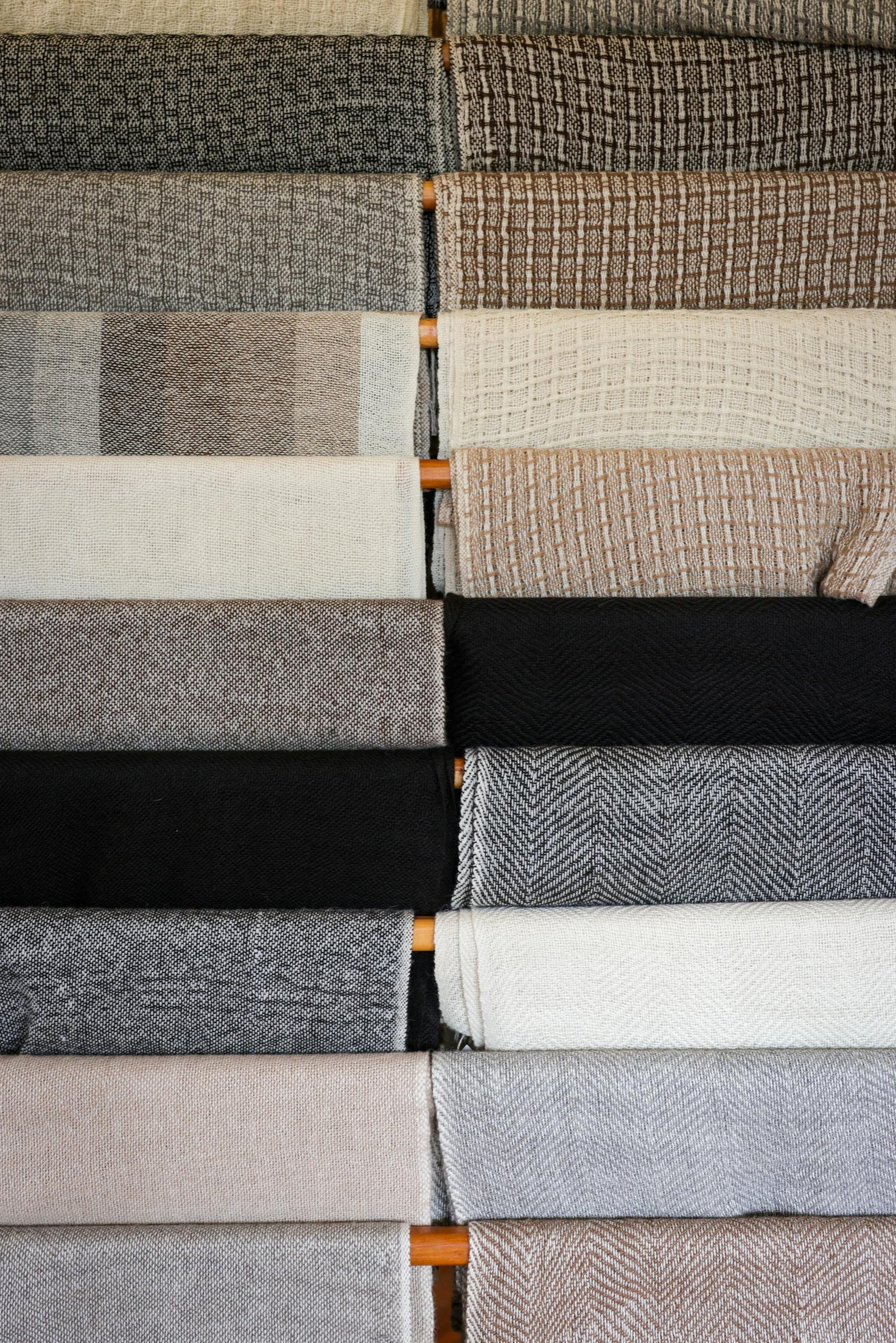

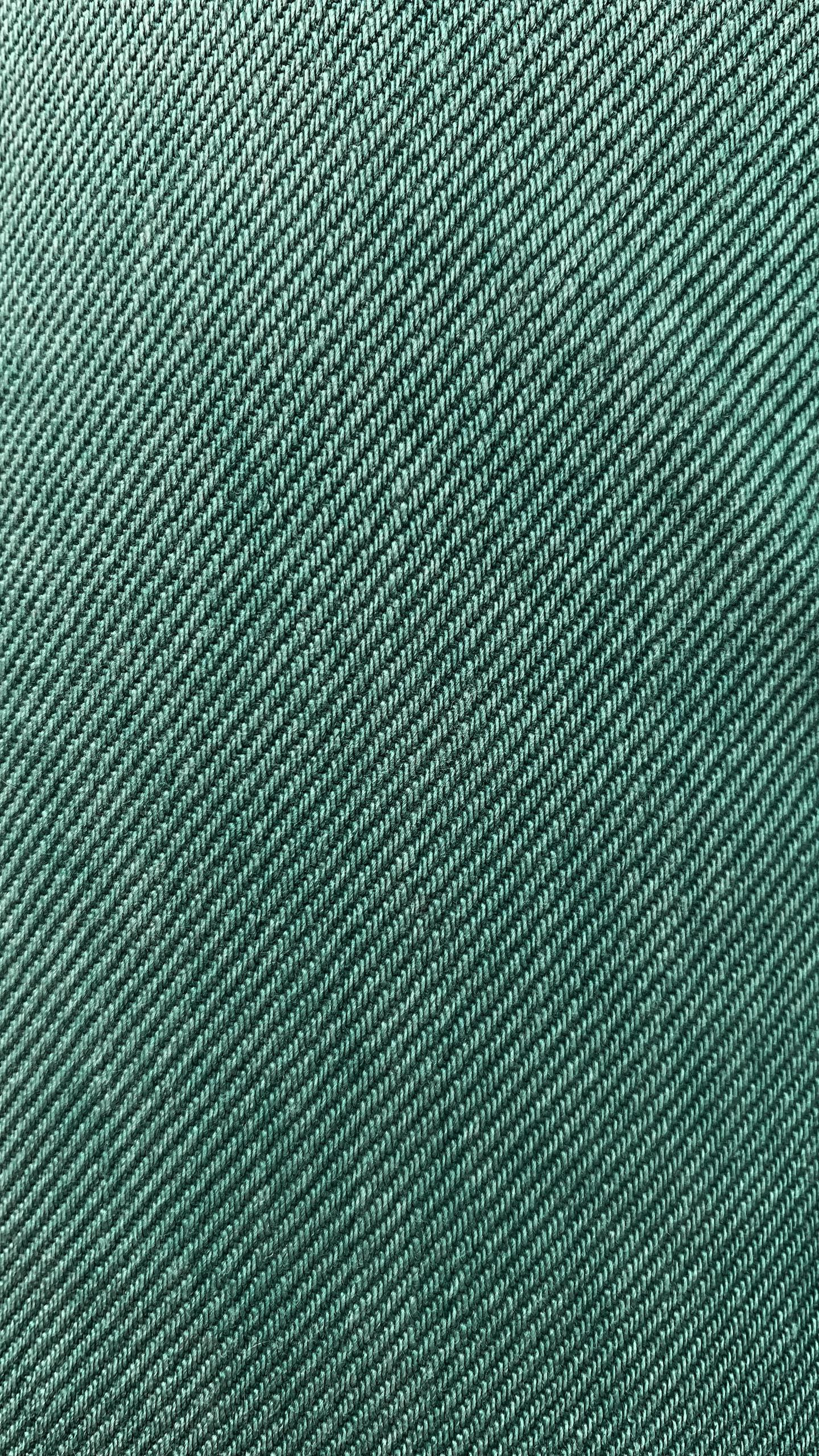
Fabric Comparison for Embroidery Hats
Choosing the right hat material isn’t just about style—it directly impacts stitch sharpness, durability, comfort, and overall cost. The table below compares the most popular fabrics used in embroidered hats, helping you quickly identify which option best suits your design, budget, and target audience. Whether you’re planning a breathable cotton baseball cap, a winter-ready wool beanie, or a performance-focused polyester sports cap, these insights will guide you toward the perfect match for both embroidery quality and end-user experience.
| Material | Durability | Embroidery Clarity | Comfort | Cost | Recommended Hat Types |
|---|---|---|---|---|---|
| Cotton Twill | High | Excellent – crisp, well-defined stitches | High (breathable) | Medium | Baseball caps, snapbacks, dad hats |
| Polyester | High | Good – sleek surface with slight sheen | Medium (fast-dry) | Low–Medium | Sports caps, truckers, performance hats |
| Acrylic | Medium | Good – holds vibrant colors | Medium (warm) | Low | Beanies, promotional caps |
| Wool | High | Fair–Good – softer surface can blur fine detail | High (warm) | High | Winter caps, beanies, dress caps |
| Wool Blends | High | Good – better stitch definition than pure wool | High | Medium–High | Beanies, seasonal dress caps |
| Nylon | High | Fair – slippery surface requires stabilizer | Low–Medium (light) | Low–Medium | Bucket hats, outdoor/travel hats |
| Canvas | High | Excellent – firm base for dense stitching | Medium | Medium | Workwear caps, outdoor/travel hats |
| Corduroy | Medium–High | Fair – ribbed texture limits fine detail | High (textured) | Medium | Vintage caps, seasonal fashion hats |
Detailed explanation of common embroidery hat materials
Cotton Twill
Cotton twill is the classic, go-to substrate for embroidered hats: tightly woven, naturally breathable and stable enough to hold fine stitch detail.
Embroidery performance: twill provides a firm, matte surface that renders crisp outlines and tight fills; small lettering and logos reproduce very well with standard flat embroidery and also tolerate 3D-puff when paired with proper backing.
Durability & comfort: cotton twill wears in rather than out — it softens with use while retaining shape, breathes well in warm weather, and is easy to launder (with normal care).
Cost range: mid — more expensive than basic synthetics but cheaper than premium wools.
Recommended hat types & scenarios: premium baseball caps, snapbacks, dad hats and brand merchandise where stitch clarity and a balanced hand-feel matter; ideal for lifestyle and retail lines that prioritize logo fidelity and wearer comfort.

Polyester
Polyester is a high-performance synthetic chosen for moisture management, colorfastness and low cost.
Embroidery performance: polyester’s slightly slick surface can show a light sheen, which alters how threads sit; it accepts embroidery well but often needs a firmer backing and adjusted machine tension to avoid puckering. For dense fills or high-contrast designs, choose polyester-friendly thread and digitizing tuned to lower stitch density.
Durability & comfort: exceptionally durable, quick-drying and resistant to shrinking — though less breathable than cotton; modern blends and breathable weaves mitigate heat buildup.
Cost range: low–medium — typically more economical at scale.
Recommended hat types & scenarios: sports caps, team and corporate uniforms, trucker-style hats with polyester fronts/mesh backs, and promotional runs where washability and performance are priorities.

Wool & Wool Blends
Wool and wool blends bring a premium, seasonal aesthetic: natural insulation, depth of color and a soft, upscale hand.
Embroidery performance: the fuzzy, textured surface of wool can soften very fine detail; flat embroidery reads well with slightly larger stitch sizes, while chenille and appliqué flourish on wool’s pile. Backing and lower stitch density help prevent distortion; 3D-puff works but may need stronger stabilizers.
Durability & comfort: warm and long-lasting when cared for properly, though wool can felt or shrink if laundered incorrectly; blends often retain warmth while improving stitch definition and ease of care.
Cost range: high for pure wool, medium–high for blends.
Recommended hat types & scenarios: winter beanies, dress caps, trapper hats and heritage-style caps for brands that want a luxury or seasonal statement.

Acrylic
Acrylic is a synthetic wool substitute widely used for budget-friendly winter hats and promotional beanies.
Embroidery performance: acrylic holds color well and accepts embroidery reliably; the fiber’s slight fuzziness can mute the sharpest details, so designers often use bolder motifs or chenille-style stitches to maximize visual impact. Stabilizing backing helps maintain stitch placement.
Durability & comfort: warm and lightweight, acrylic resists moths and many forms of wear but can pill over time and is less breathable than natural fibers.
Cost range: low — economical for large runs.
Recommended hat types & scenarios: promotional beanies, entry-level winter lines, event giveaways and seasonal merchandise where color saturation and cost-effectiveness are key.

Canvas
Canvas (heavy cotton or blended duck) offers a rugged, structured base that reads as both functional and fashionable.
Embroidery performance: its firm, coarse weave is excellent for dense fills and high-relief work; logos maintain shape and scale well, and canvas tolerates heavier stitch densities that would distort lighter fabrics. It’s also a great substrate for embroidered patches.
Durability & comfort: very durable and abrasion-resistant, though heavier and less breathable than twill; canvas hats get more character over time.
Cost range: medium — value for durability.
Recommended hat types & scenarios: outdoor/workwear caps, travel hats, and streetwear or utility collections where a sturdy aesthetic and long life are essential.

Nylon
Nylon is chosen for ultralight, water-resistant hats and packable designs.
Embroidery performance: the smooth, often shiny surface makes fine detail harder to lock down — puckering, thread slippage or pulled stitches can occur without proper stabilizer and adjusted digitizing. Appliqué or satin-style fills and lower stitch counts often yield better visual results than extremely fine lettering.
Durability & comfort: highly resistant to wind and water, very lightweight and quick to dry; it can feel slick against the skin and is less breathable.
Cost range: low–medium.
Recommended hat types & scenarios: bucket hats, rain-ready caps, travel/packable styles and outdoor activity hats where weather resistance and packability trump ultra-fine stitch fidelity.

Corduroy
Corduroy has a distinctive ribbed pile that delivers an unmistakable vintage or textured look.
Embroidery performance: the vertical ribs interfere with tiny details—the pile can hide small stitches—so designs should favor bold shapes, thicker lettering, chenille or patched elements. Lower stitch density and targeted backing improve stability; sometimes embroidery is combined with appliqué for clarity.
Durability & comfort: warm and tactile, corduroy is comfortable in cool seasons and develops a lived-in character, but the ribs can wear unevenly over very long use.
Cost range: medium.
Recommended hat types & scenarios: retro and fashion-forward caps, fall/winter collections, and lifestyle pieces where texture and visual depth are part of the brand story.

Matching degree between material and embroidery technology
Matching embroidery technique to fabric is one of the single biggest decisions that determines final appearance and longevity. Flat embroidery delivers the sharpest, most detailed results on stable, tightly woven substrates like cotton twill and canvas because digitizing can use higher stitch density and fine underlay without risking puckering. 3D-puff (foam) works best on structured caps with firm front panels and on fabrics that tolerate additional backing; foam requires a cutaway or heavy stabilizer and careful pull-compensation in digitizing so the design doesn’t mushroom or sink. Chenille (looped pile) thrives on textured, thicker materials—wool, corduroy and heavy canvas—where its raised, fuzzy surface reads as intentional texture; note that chenille needs lower stitch counts, a strong backing and often a topping or heat-set finish to maintain pile integrity.
Some fabrics—nylon, lightweight polyesters, and open-weave knits—demand stronger stabilizers (cutaway or adhesive backing) and reduced stitch density to prevent distortion and thread slippage. Dark backgrounds and high-sheen synthetics change perceived color contrast: on dark fabrics you’ll often need a light underlay or an outline/halo stitch to preserve vibrancy and edge definition, while shiny polyester can make matte threads look duller unless thread choice and tension are tuned. For ultra-fine logos, consider appliqué or embroidered patches as alternatives. In short: pick flat embroidery for fine detail on stable weaves, 3D-puff for bold, raised marks on structured caps, and chenille for textured, cozy styles—then match stabilizer type, stitch density and thread to the chosen fabric.
Conclusion
Choosing the best material for embroidery hats is not a one-size-fits-all decision—it’s about aligning your fabric choice with your design goals, embroidery technique, and target audience. Cotton twill and canvas offer crisp, professional results for flat embroidery, while structured polyester and blends provide the firmness needed for bold 3D puff designs. Chenille embroidery thrives on stable, thicker fabrics like wool blends, adding texture and warmth.
Keep in mind that stabilizers or backing can be essential for softer fabrics to prevent distortion, and color pairing plays a big role—light fabrics make bright threads pop, while dark fabrics add depth to metallics and neutrals. By matching the right material to the right technique, you’ll create hats that not only look stunning but also wear well over time.
FAQ
Yes. Cotton twill is a popular choice because it’s durable, stable, and holds stitches cleanly.
Polyester blends often outlast pure cotton as they resist fading, shrinking, and wear.
Absolutely. Just use the right needle and stabilizer to avoid puckering.
Structured polyester or cotton-poly blends work best, as they support the foam and keep the design crisp.






